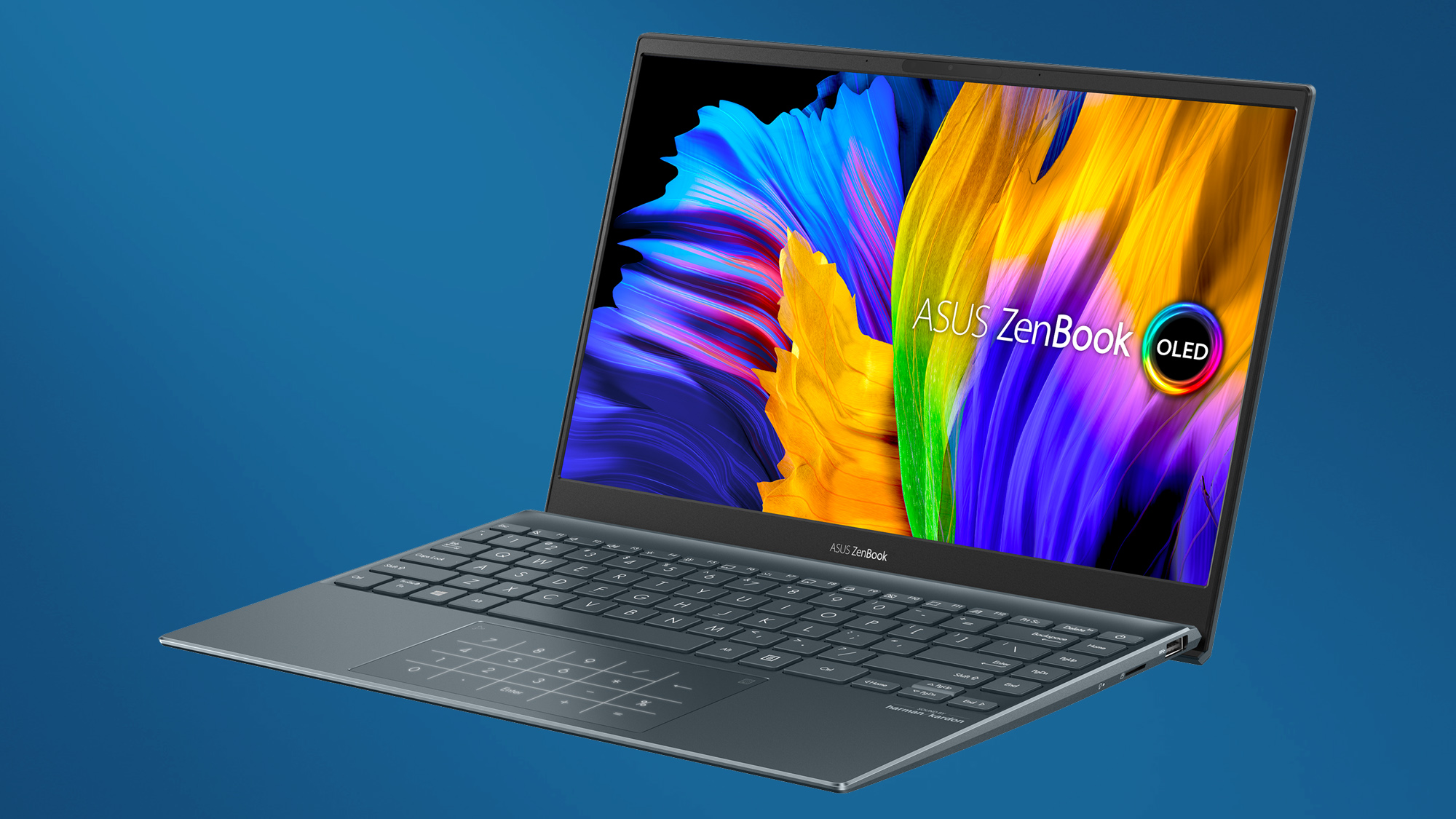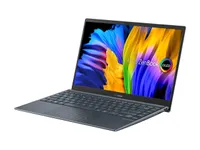Asus ZenBook 13 boasts an OLED display for a killer price
An OLED display for $800? Yes please

A laptop with an OLED screen doesn’t come cheap. Or at least it didn’t until now. The Asus ZenBook 13 OLED boasts a gorgeous OLED display for a remarkably budget-friendly price.
The machine is available starting from $800, but can be configured up to an Intel Core i7 or AMD Ryzen 7 processor with a 1TB SSD and 16GB of RAM. While there’s no headphone jack, and some users have grumbled that the keyboard is too cramped, the 13-inch 1080p OLED screen is the real star of the show here, and arguably worth the price of admission alone.
Asus ZenBook 13 Intel Core i7-1165G7: $899 @ Amazon
The Asus ZenBook 13 is a remarkable machine for one reason: it's 13-inch 1080p OLED screen. While it's not a beast in terms of raw power, it's ideal for streaming and watching movies. There's plenty of ports as well.
Asus ZenBook 13 AMD Ryzen 5 5500U: $799 @ Newegg
The Asus ZenBook 13 is already proving plenty popular, it's currently on backorder at Newegg. It's the 13-inch Full HD OLED display that has got tech enthusiasts snapping this one up.
At its base price, you’ll get either an AMD Ryzen 5500U or an 11th Gen Intel Core i5-1145G7 CPU, both of which are solid midrange processors. Portwise, both configurations are reasonably generous. You’ll get a full-size HDMI 2.0, USB-A, two USB-C ports, and a microSD card slot. Which is far more than the MacBook Air M1 gives you.
There are a few differences between the Intel and AMD model beyond what CPU is powering the machine. First, the Intel model starts with a 256GB SSD for storage, whereas the AMD iteration comes with 512GB at the base price. This won’t be such an issue if you’re just planning on using the laptop for high-quality streaming, but if you want to install some software and download some files, 256GB may not cut it.
The AMD model also wins when it comes to battery life. Asus quotes three additional hours of juice from the AMD version of the ZenBook 13 when compared to the Intel model. Both contain the same 67Wh battery though.
The Intel ZenBook 13 does claw back some ground with its pair of Thunderbolt 4 ports instead of the standard USB-C 3.2 ports that the AMD model offers. The Intel-powered version also boasts WiFi 6, whereas WiFi 5 is only offered by the AMD ZenBook 13. So there are pros and cons to both configurations of the laptop.
While neither of these machines is a powerhouse, offering an OLED display at this price point makes them worthy of consideration — perhaps the Asus Zenbook 13 will find its way onto our best laptop list. Stay tuned for our full review.
Get instant access to breaking news, the hottest reviews, great deals and helpful tips.

Rory is a Senior Entertainment Editor at Tom’s Guide based in the UK. He covers a wide range of topics but with a particular focus on gaming and streaming. When he’s not reviewing the latest games, searching for hidden gems on Netflix, or writing hot takes on new gaming hardware, TV shows and movies, he can be found attending music festivals and getting far too emotionally invested in his favorite football team.


